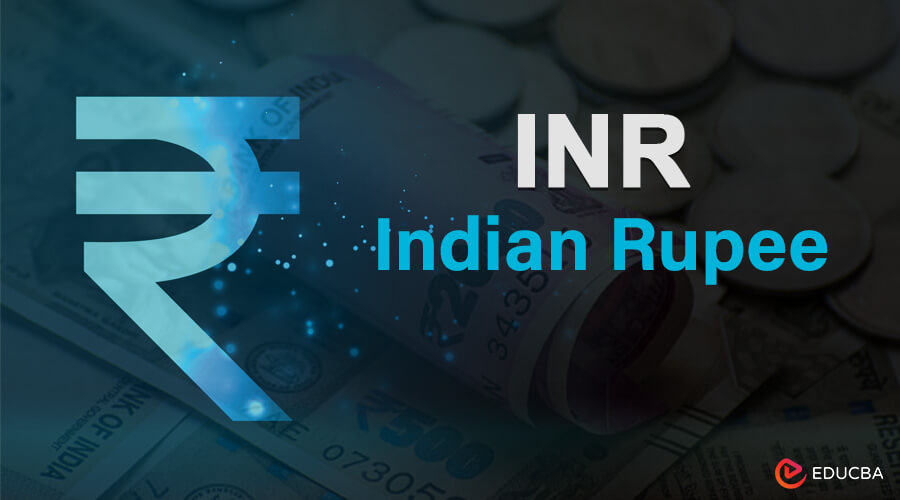Updated February 17, 2023
What is the full form of INR?
The INR stands for the Indian rupee. For years, money has been a tool and medium to make transactions and fulfill daily requirements. With digitalization, money has shifted from a physical to a virtual format; now, the sphere of coins and notes has reduced, and digital payments are more prevalent.
Every nation has its currency to make transactions in the domestic and international markets. Usually, in the international market, some currencies dominate, like USD, Pound Sterling Renminbi, Euro, etc. Can you imagine a day without possessing your currency, either in physical or digital form?
The importance of currency is significant because it is the only acceptable and legal way to make transactions in the domestic domain. If you visit a market, you may not get even a single chocolate without giving the shopkeeper the Indian rupee. In India, you need INR if you want any commodity or service.
Let’s know more about this currency in detail for better understanding.
Basics of INR
Like any other currency, INR also comes into formats: coins and notes. Both coins and notes are acceptable in the domestic market; let’s know more about them, including who issues them and their value.
1 Coin: Legal tender in our country. Currently, we have coins of Rs. 1, Rs. 2, Rs. 5, Rs. 5, Rs. 10, and 20 rupees. The 20 rupee coin is little in circulation and is quiet.
The other coins are readily available and acceptable at all places; however, in total value, the coins must be at most 1000 INR; otherwise, they won’t accept. You know it’s not easy to sit and count coins; therefore, we have the notes for different denominations for ease of transactions.
2 Currency Notes: With monetization in 2016, the Mahatma Gandhi series notes of Rs. 500 and Rs. 1000 notes have been withdrawn from circulation. Currently, RBI issues currency notes of Rs.10, Rs. 20, Rs. 50, Rs. 100, Rs. 200, Rs. 500, and Rs. 1000.
The denomination of Rs 10000 note was issued by RBI in 1938 and again in 1954. However, they are now discontinued. The currency notes of INR are most preferred as it makes transactions faster and smoother. Coins take much time to count and are not as preferred as INR notes.
Role of Reserve Bank in Currency Management
The Reserve Bank of India plays a crucial role in currency management; the RBI issues all the currency notes in the country. Banking Regulation Act 1934, it is the responsibility of RBI to take care of INR circulation of the highest quality in the country.
The Government of India and RBI decide which denominations of coins and notes are to be released in the market and which are to be curbed or withdrawn. The Reserve Bank of India designs the INR and takes care of its security features with the assistance of the Government of India.
All the currency notes generated in the market for their fitness for use are determined by RBI, and those filthy or unfit for use are taken back by RBI. Later, they are reissued and circulated again.
Role of Indian Government in Currency Management
Under the coinage Act 2011, the Government of India is responsible for issuing and minting coins. The government of India approves all the banknotes in the country based on recommendations by the Reserve Bank of India.
How Do People Get Access to the Issued Currency?
We all know that we get money from our respective Bank branches where we have an account or through the ATMs registered under those banks. But the question is, from where do the banks get? Well, it is a chain of processes through which the citizens receive the currency in their hands.
The RBI has multiple currency chests spread all over the country in different cities. The RBI sends the currency from its currency chest and small coin depots to the respective Bank branches; from there, you can either withdraw money directly or use your issued ATM cards. In this article of Full Form of INR you got all the necessary information.
Now you need not go to an ATM or bank branch and access your money through internet banking or digital payment gateways.
Recommended Articles
We hope that this EDUCBA information on “Full Form of INR” was beneficial to you. You can view EDUCBA’s recommended articles for more information,



